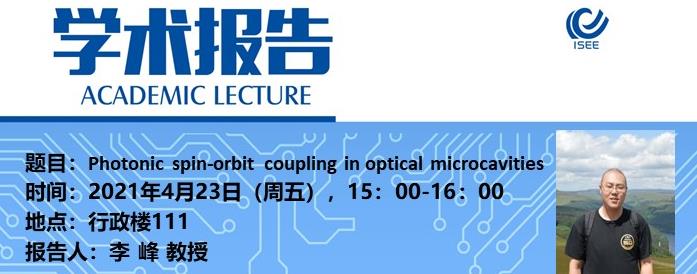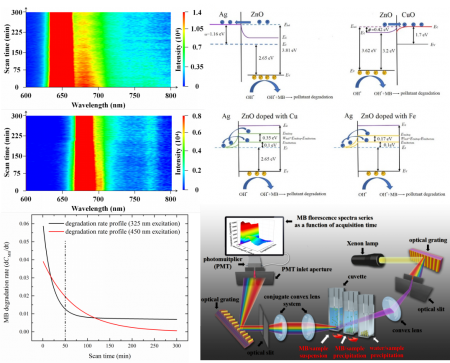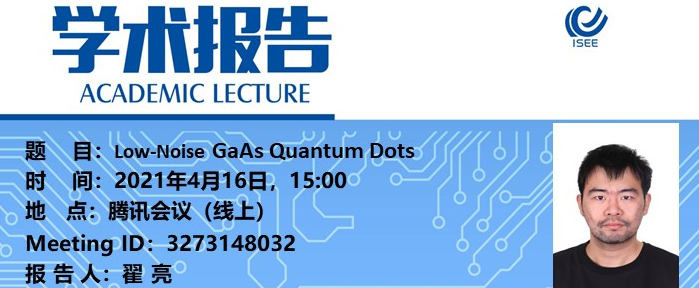Jun-Yong Yan ’s paper “Coherent control of a high-orbital hole in a semiconductor quantum dot” was published in the journal Nature Nanotechnology. (Nat. Nanotechnol. 18(10), 1139–1146 (2023)) Coherently driven semiconductor quantum dots are one of the most promising platforms for non-classical light sources and quantum logic gates which form the foundation of photonic quantum technologies. However, to date, coherent manipulation of single charge carriers in quantum dots is limited mainly to their lowest orbital states. Ultrafast coherent control of high-orbital states is obstructed by the demand for tunable terahertz pulses. To break this constraint, we demonstrate an all-optical method to control high-orbital states of a hole via stimulated Auger process. The coherent nature of the Auger process is proved by Rabi oscillation and Ramsey interference. Harnessing this coherence further enables the investigation of single-hole relaxation mechanism. A hole relaxation time of 161 ps is observed and attributed to the phonon bottleneck effect. Our work opens new possibilities for understanding the fundamental properties of high-orbital states in quantum emitters and developing new types of orbital-based quantum photonic devices.
Continue reading "Paper was published in Nature Nanotechnology"



